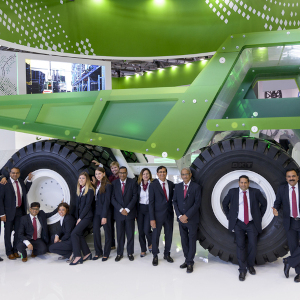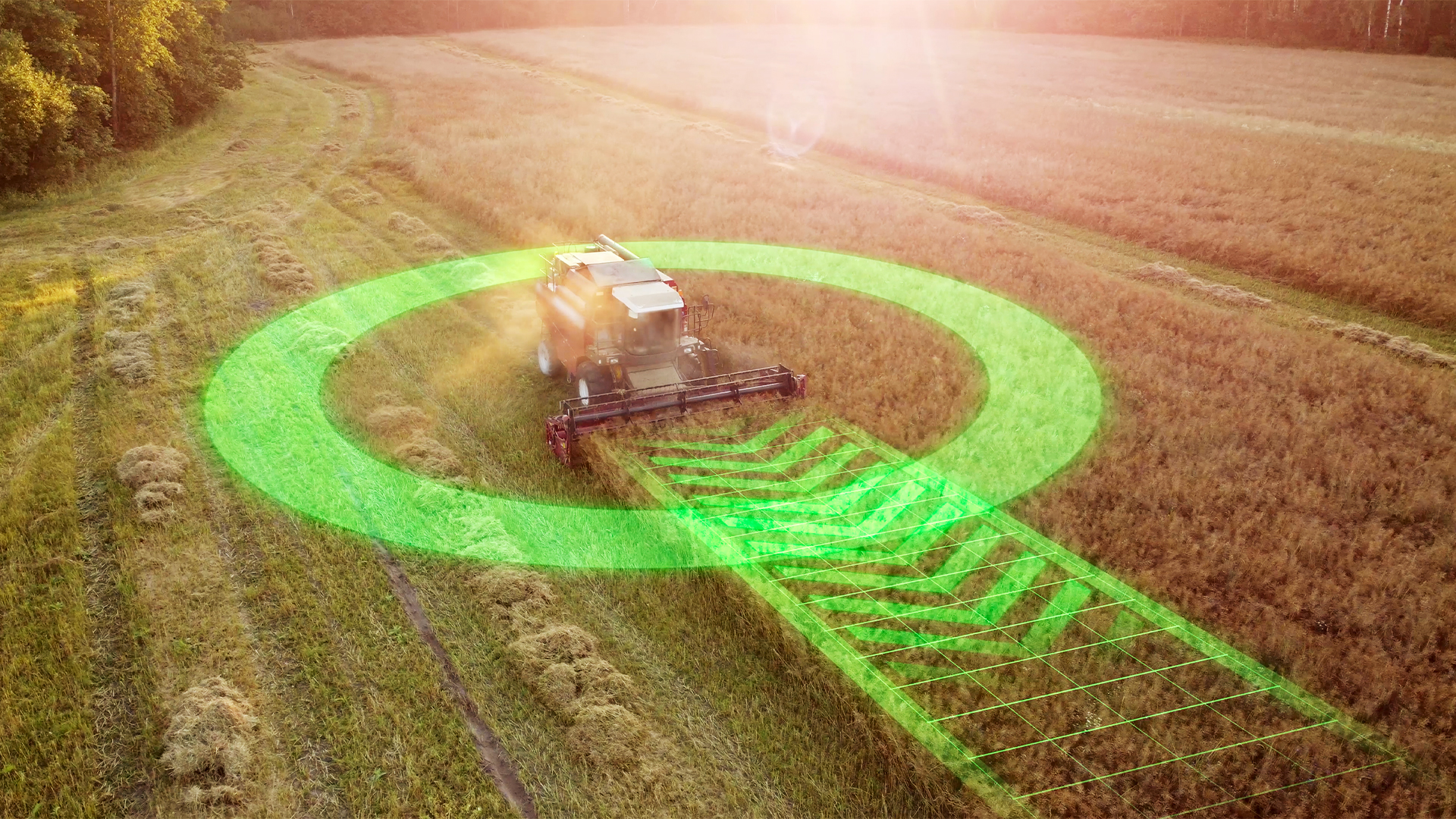It is fascinating to look back on examples of past popular culture predicting what life would be like in the 2020s. One particular trope was the dawn of flying cars... and yet, here we are in 2023, and the closest we’ve gotten so far is the evolution of self-driving cars – otherwise known as autonomous vehicles. But are autonomous vehicles the future? And where did this trend first begin?
It is fascinating to look back on examples of past popular culture predicting what life would be like in the 2020s. One particular trope was the dawn of flying cars... and yet, here we are in 2023, and the closest we’ve gotten so far is the evolution of self-driving cars – otherwise known as autonomous vehicles. But are autonomous vehicles the future? And where did this trend first begin?
Autonomous Vehicles: A Brief History
By dictionary definition, autonomous vehicles are cars which are able to sense their surroundings and navigate safely with little to no input from the driver. This autonomy is achieved through ever-evolving technology; a range of sensors (such as radar, sonar and GPS) work in tandem, alongside advanced machine learning systems and processors, which interpret and respond to said sensory information.
But where did it all start? Well, you’ll be surprised to know that the first automated driving systems were explored way back in the 1920s – a century ago! Experiments and studies morphed into trials by the 1950s, with the first semi-automated car developed in 1977. This journey began in Japan – at the Tsukuba Mechanical Engineering Laboratory, to be precise – and then swiftly accelerated towards the USA. By the time the 80s were upon us, autonomous cars were able to drive long distances autonomously, avoid obstacles and even handle off-road driving.
The United States played a significant role in funding numerous research projects; for example, in 1991, $650 million was donated for research on the National Automated Highway System. However, in later years, the rest of the world would follow suit: fast-forward to 2016, and the European Commission funded an innovation strategy development for automated driving. Bringing the spotlight back to America, Waymo LLC began testing autonomous vehicles with no safety driver – yet still with a passenger, just to be on the safe side! However, this shift alone proved that, with decades of research under their belt, the experts’ trust in autonomous vehicles was growing.
The Pros and Cons of Autonomous Vehicles
Next up, lo and behold, we have the present day: the era of the robotaxi! Driverless cars are all the rage – although it must be emphasized that there is currently no vehicle on sale that is entirely self-driving. But who knows what the future holds!
Speaking of the future, the host of benefits that autonomous vehicles provide justifies the driverless direction that the automotive industry is heading in. Firstly, there are numerous types of autonomous vehicles on offer: the level of autonomy thus caters to the customer’s needs. From Level 1 to level 5, these cars range from occasional steerers and ‘brakers’, to a full-on takeover. Autonomous vehicles are renowned for making journeys safer and stress-free; for example, adaptive cruise control (which is available in a level 1 autonomous vehicle) allows cars to automatically reduce and increase speed, sensing the distance of other vehicles ahead. This also gives AVs the potential to work wonders on traffic congestion!
We are living in a world where AI dominates every industry; machines are, frankly, quicker and smarter than us. Therefore, it is no surprise that drivers are keen to let go of the steering wheel, sit back and relax – and be personally chauffeured by the true expert! What’s more, research has shown that autonomous vehicles can result in 20% improvement in fuel consumption, which is promising in light of the climate crisis. With the aim to reach Net Zero, there has also been movement towards autonomous vehicles being predominantly electric.
However, autonomous vehicles are not without their issues. AVs require high levels of energy, due to their computerised, multi-device nature. This raises the question of whether electric vehicles could cope with this necessity – thus making any plans for increased sustainability intrinsically flawed. What’s more, there is a reason why entirely autonomous vehicles are not yet available; while the current fleet of AVs on the market are an asset to driver safety, ironically, there are concerns about the potential dangers of entirely driverless vehicles being unleashed onto the roads.
Why? Because AVs have the risk of technological faults, combustion, and the lack of real life, split-second, human instinct. In the current market, many are also concerned that drivers with AVs at any level can be lulled into a false sense of security, acting passively when, by law, they should be ready to take over imminently should something go wrong.
Autonomous Vehicles in Agriculture
The figures don’t lie. Agricultural output will have to increase tenfold in order to feed the growing population; many scientists mark the year 2050 as particularly significant - “the year the world will run out of food”.
However, technology is on our side. There are many technological developments tailored to help farmers fight the food crisis. Autonomous vehicles are one such solution: self-driving tractors are pairing with Artificial Intelligence to create smart vehicles ready to handle the harvest!
Is The Future Automatic?
Despite the challenges presented by autonomous vehicles, it is undeniable that incredible progress has been made across the last century. The evolution of the autonomous vehicle is ongoing, and progress is steadily being made towards the ultimate automotive autonomy. Besides, who knows… give it another decade, and we may finally reach the sought-after era of flying cars! In all seriousness, we may well be surrounded by driverless vehicles, at the very least.






